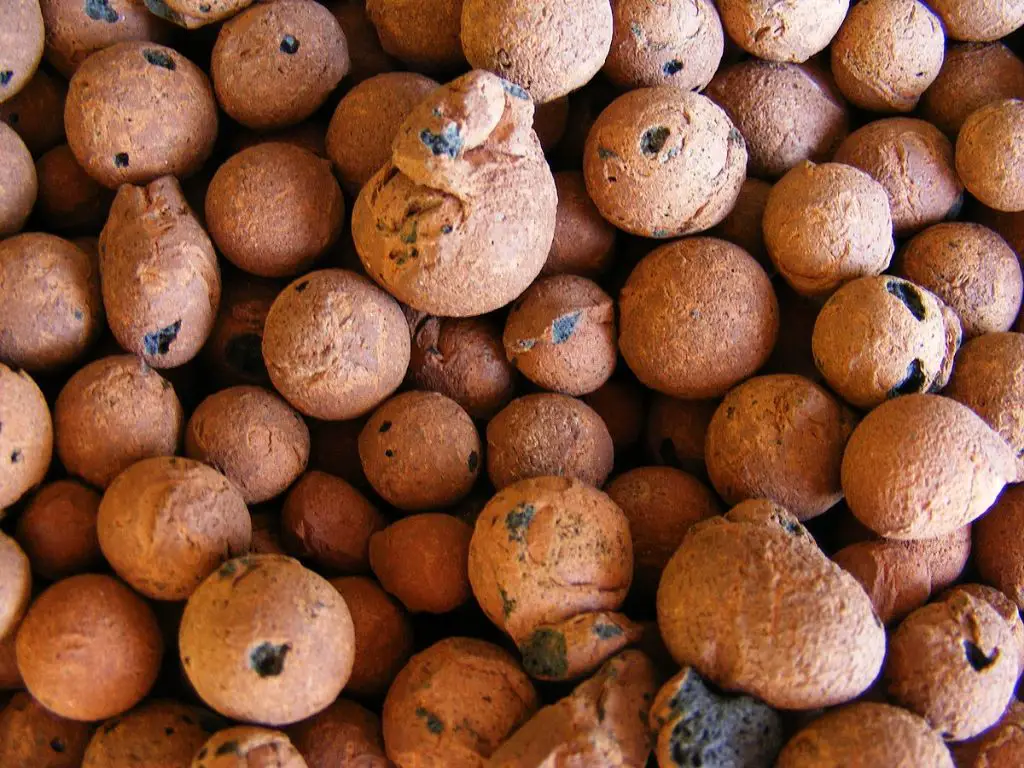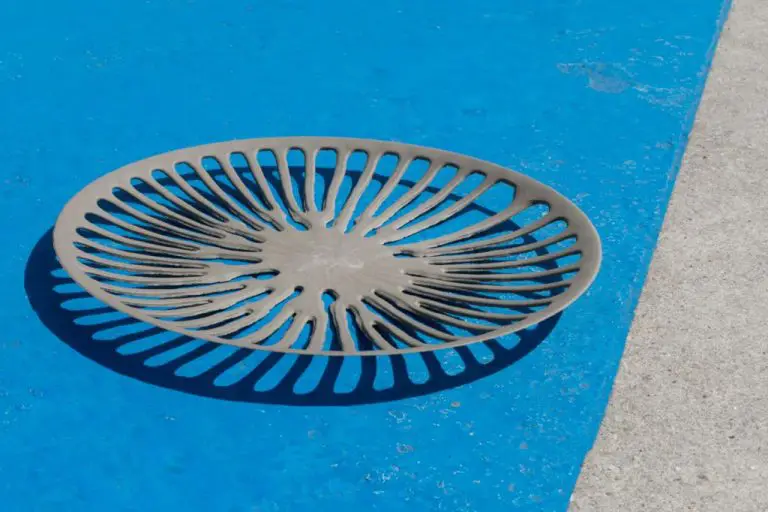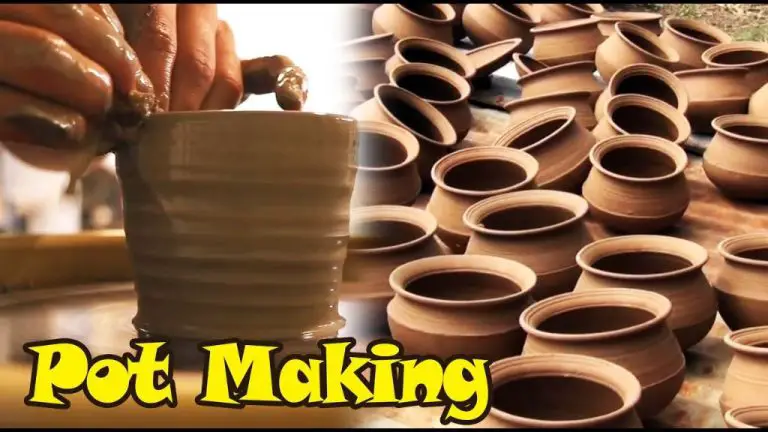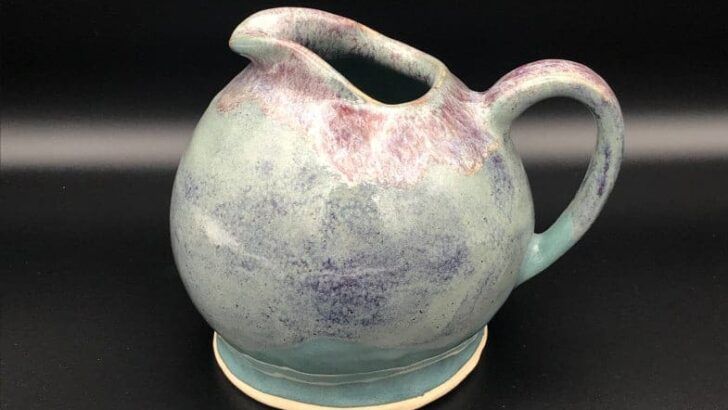What Are Leca Clay Balls Used For?
What Are Leca Clay Balls?
Leca clay balls, also known as Lightweight Expanded Clay Aggregate (LECA), are a specialized type of clay aggregate made by heating clay at high temperatures. The clay is super-heated in a rotary kiln to over 2,000°F (1,093°C), which causes the clay to expand and form rounded, lightweight balls (Source 1).
Leca clay is made from all natural clays, typically consisting of minerals like silica, alumina, iron oxide, lime, magnesia, and alkalis. The manufacturing process causes the clay to expand and become porous, resulting in lightweight, pebble-like balls that have excellent water retention and drainage properties (Source 2). The expanded clay balls are inert, pH neutral, and do not contain any nutrients.
Due to their porous structure, leca clay balls can absorb water into the tiny spaces within each pebble. However, the clay balls themselves do not dissolve or break down over time. Leca clay provides both air and water retention for plant roots, making it a popular growing medium in hydroponics and container gardening.
History of Leca Clay Balls
Leca clay balls were first invented in 1917 in Kansas City, Missouri by Stephen J. Hayde. Hayde developed a patented process to create an expanded clay aggregate product initially called Haydite [1]. This new material was used as a lightweight aggregate in concrete and building materials.
The Leca clay pelletizing process was invented by A/S Leca in Denmark in the 1930s. Leca balls were originally used to create structural lightweight concrete. The rotary kiln production method allowed the clay to be heated and expanded into strong, lightweight, porous balls [2].
So in summary, Leca clay balls were invented in the early 20th century as a novel lightweight aggregate material for the construction industry, providing an alternative to traditional heavy and dense aggregates like gravel and sand.
Benefits and Properties
Leca clay balls are highly valued for their unique properties that make them ideal for many applications. Some of the main benefits and properties of Leca clay balls include:
Lightweight – Leca clay is an expanded clay aggregate that is manufactured by heating clay at high temperatures. This causes the clay to expand and become porous, resulting in a very lightweight material. The lightweight nature of Leca clay balls makes them easy to transport and work with.
Drainage – The porous structure of Leca clay balls creates excellent drainage properties. Water can easily flow through the balls while they still retain some moisture. This makes Leca clay balls perfect for use in gardens, planters, and irrigation systems where drainage is important.
Insulation – The air pockets within the porous clay structure provide good insulating properties. Leca clay balls can help regulate soil temperature and protect plant roots from temperature swings. Their insulating abilities also make Leca clay useful in construction applications.

The lightweight, drainage, and insulation properties allow Leca clay balls to be utilized in many creative ways to provide plant support, moisture regulation, and temperature insulation (https://www.minibotanics.co.nz/blogs/terrarium-fundamentals/the-art-of-creating-terrarium-layers). Their versatility makes them a unique and useful product across many industries.
Uses in Gardening and Landscaping
Leca clay balls have become a popular growing medium in gardening and landscaping applications. The porous, lightweight properties of the clay balls provide some key benefits when used in gardens, flowerbeds, and green spaces.
As a soil amendment, leca clay balls can help improve drainage and aerate densely packed soils. When mixed into garden beds and planters, the clay balls create air pockets in the soil that allow oxygen and water to better permeate the roots. This is beneficial for plant health, as it prevents overwatering and encourages stronger root growth.
Hydroponics systems frequently utilize leca clay balls as an inert growing medium. The balls provide stability for plant roots while allowing water and nutrients to flow freely past them. As hydroponics relies on liquid nutrient delivery rather than soil, the clay balls offer an optimal substrate for these setups.
Green roof installations have also adopted leca clay balls as a lightweight, porous drainage layer. Under the topsoil and vegetation, the clay balls soak up excess moisture and provide drainage on rooftop gardens. Compared to traditional gravel drainage layers, leca clay is lighter, ensuring green roofs don’t overload buildings.
With their airy structure and mineral content, leca clay balls offer horticultural advantages over other non-soil mediums like perlite or vermiculite. As gardens and landscaping continue to experiment with novel growing techniques, these versatile clay balls are likely to play an increasing role.
Uses in Construction
Leca clay balls have many uses in construction due to their lightweight and insulating properties. One of the most common uses is to create lightweight concrete. By replacing traditional aggregates like gravel with Leca balls, you can significantly reduce the density of concrete while maintaining strength. This allows large structures to be built without requiring extremely thick concrete sections. Leca lightweight concrete is often used in high-rise buildings to reduce the load on the foundation.
Leca balls can also be used under concrete slabs for insulation. By creating an insulating layer, heat loss through the slab can be reduced, saving on heating and cooling costs. Leca is more effective than traditional gravel at insulating concrete since it has air pockets built into the clay structure. The balls are simply poured and compacted before pouring the concrete on top.
On roof decks, Leca can be used to create insulating drainage layers. Roof decks are prone to water ponding issues, so having a lightweight drainage layer is beneficial. The Leca balls provide airspace to allow drainage as well as insulate the roof from temperature extremes. This helps prevent ice damming in cold climates. The drainage layer of Leca balls is installed on top of the waterproofing membrane and beneath the finishing surface of a roof deck.
Other Uses
Leca clay balls have some unique properties that make them useful for applications beyond gardening and landscaping. One notable use is in filtration systems. The porous structure of leca balls allows water to pass through while trapping sediment and contaminants. This makes them highly effective as filtration media for wastewater treatment plants, aquariums, and ponds.[1]
The absorbent properties of leca clay also make it useful as an oil absorbent. The balls can soak up oil spills rapidly while repelling water. Using leca clay for oil spill cleanup is more environmentally friendly compared to other absorbent materials. The spent clay can be safely disposed of after absorbing the oil.[2]
Other niche uses include as a lightweight aggregate in concrete, an insulating material in construction, and a component of hydroponic growing mediums. The versatility and unique properties of leca clay explain its popularity beyond just residential gardening applications.
Sources:
[1] https://plantsinabox.com.au/blogs/news/i-leca-like-that-spruce-up-your-indoor-plants-with-aqua-clay-balls
[2] https://www.thespruce.com/what-is-leca-and-why-do-houseplant-gurus-love-it-5092763
Cost Comparison
Leca clay balls tend to be more expensive upfront than some alternatives like perlite or vermiculite. However, they have properties that make them worthwhile for many applications.
On average, a bag of 20-40 lbs of Leca clay balls will cost $15-30 USD. Perlite is generally cheaper, with a similar sized bag costing $10-20 USD. Vermiculite is comparable in price to perlite.
Even though Leca balls cost more initially, they have some advantages that make the extra investment worth it for many users:
- Leca clay is reusable – the balls maintain their shape and properties for many years. Perlite breaks down more quickly.
- Leca has natural insulating properties that help regulate soil temperature. Perlite does not provide the same level of insulation.
- The clay composition gives Leca better water retention abilities compared to perlite.
- Leca clay balls have a stable, neutral pH. Perlite can alter soil pH over time.
So the extra upfront investment in Leca clay balls can pay off in the long run thanks to their durability and versatile properties for gardening, landscaping, and construction applications.
Sourcing Leca Clay Balls
Leca clay balls can be purchased from a variety of sources depending on your needs. Here are some options:
Retail Purchase
Many home improvement stores like Home Depot and Lowe’s carry Leca clay balls, often marketed as “expanded clay aggregate.” You can buy bags in small quantities for smaller projects. Prices may range from $10-20 for a large bag. The advantage of retail is convenience, but the tradeoff is higher prices for smaller amounts.
Wholesale Purchase
For larger projects, buying Leca clay balls wholesale can save substantially on costs. Look for landscape supply stores or hydroponics stores in your area that carry large bags or bulk quantities. You may need to purchase a pallet or truckload at once. Wholesale prices may be 40-60% less per unit than retail bags. However, you’ll need appropriate storage space and transportation.
Online stores also offer bulk/wholesale pricing on large bags or pallets shipped directly to you. Just be aware of high shipping costs for heavy materials. For the best value, look for local wholesalers to avoid shipping fees.
In summary, for small needs, retail bags offer convenience while bulk wholesale orders provide better value for larger projects and high volume usage.
Cautions
When handling Leca clay balls, it’s important to take precautions against the dust produced during manufacturing and shipping. The balls may have fine particulates on the surface that can irritate eyes and lungs if inhaled in large quantities. Wearing a dust mask and goggles is recommended when handling the balls directly from the bag. Rinsing the balls with water before use can help remove much of the surface dust. Avoid breathing in any dust kicked up while rinsing.
Another caution with Leca clay balls is that they should not be used in children’s playgrounds or play areas. The smooth, round shape of the balls poses a choking hazard for kids as the balls could easily become lodged in a child’s throat. The balls can also make play structures unstable and increase the risk of falls and injury. Parents and caregivers should keep Leca clay balls away from areas where children play and supervise their use if involved in gardening projects.
With some basic precautions, Leca clay balls can be safely used for their many intended purposes. But it’s important to be aware of the potential hazards of fine dust particles and choking risks in order to use them properly.
The Future of Leca Clay Balls
Leca clay balls have seen increased adoption in recent years as more people discover their benefits. According to an article on ExpandedClayAggregate.com, “The expanded clay balls developed, plays a vital role in taking construction to the newer level for upcoming generations.”1 As more builders and landscapers learn about Leca clay balls, their usage is likely to keep rising.
There have also been some interesting innovations with Leca clay balls. For example, some companies now offer Leca balls with fertilizer already embedded inside. This provides a slow, steady release of nutrients to plants grown with the balls. Other innovations focus on optimizing the shape, density, and consistency of the clay balls for different applications. With continued research and product development, Leca clay balls will likely find even more uses going forward.




